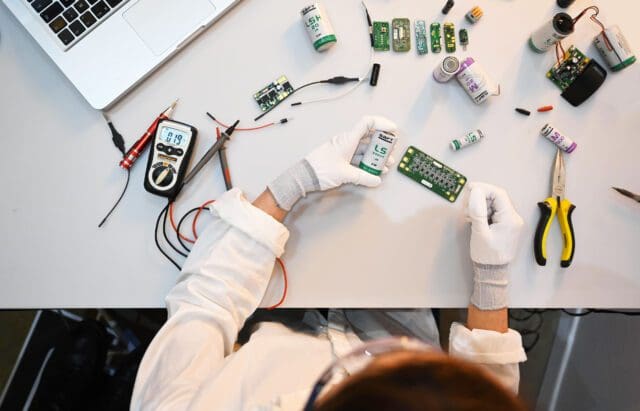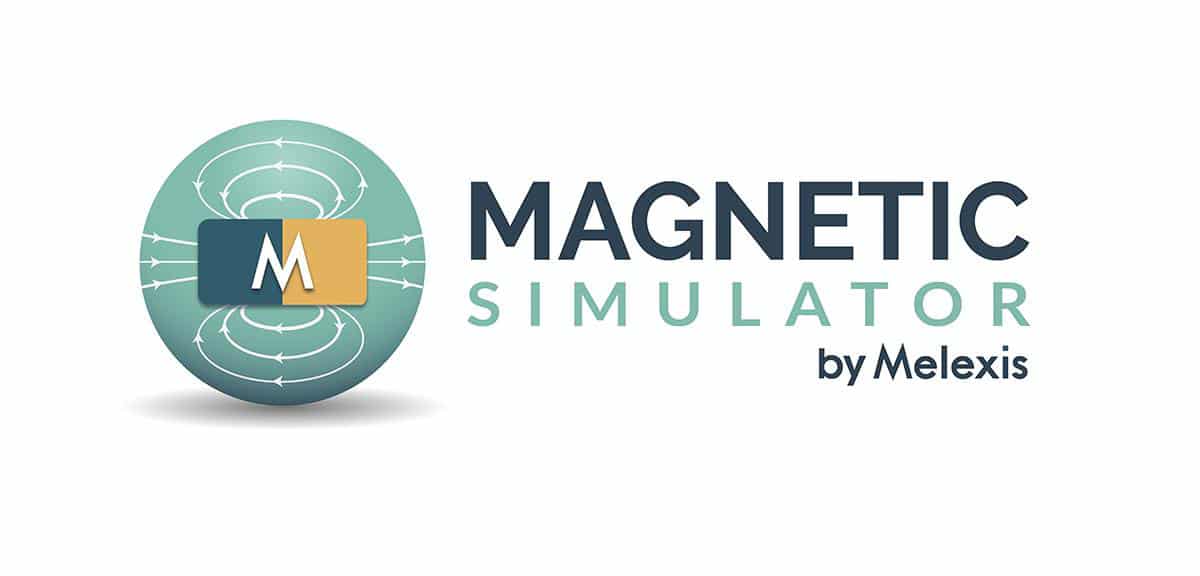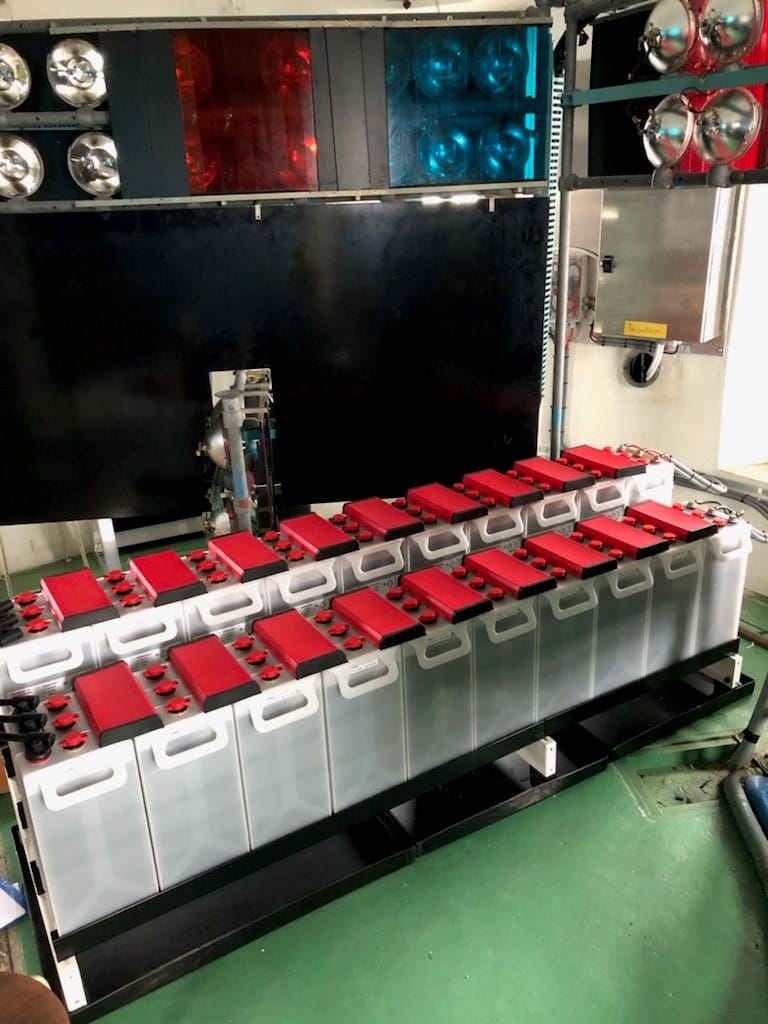• Developers will get free access to a digital simulation tool that can save up to 3 months of development and up to €XNUMX.
• The tool lets you appreciate the useful life of the battery, an essential factor of IoT devices.
Saft has partnered with Wisebatt, the simulation platform for Internet of Things (IoT) devices, to develop a free version of the tool that helps electronics engineers build virtual prototypes of their Saft-powered devices and assess lifespans. of your batteries.
Wisebatt's platform gives engineers an estimate of your device's battery life. It is based on a library that includes tens and tens of thousands and thousands of models of electronic components. Using Wisebatt's visual development interface, engineers can model the operation and use cases of their devices and achieve simulation results in seconds.
Tom Willis, Saft's Marketing Manager for the Connected Energy division, said: “Customers of Wisebatt's service have reported that the tool helps to circumvent design flaws that can be worth up to €3, as well as saving up to XNUMX months of development per month. reversed year. By offering the “Wisebatt” platform free of charge, we are giving engineers the ability to test with virtual prototypes and assess the performance of Saft's next-generation lithium primary batteries.”
Battery life is an important factor to consider when limiting the lifespan of IoT devices, especially for devices placed in hard-to-reach places where changing the battery is impractical. Although engineers can make an estimate of battery life by dividing battery capacity by average current, this is not always accurate as it does not take actual world consumption and environmental conditions into account.
Saft's free version of the tool shows exactly the same functions as Wisebatt's paid VO. It focuses on Saft batteries, with the 2 main lithium battery chemistries used in IoT devices: lithium-manganese dioxide (Li-MnO2 ranges – LM and M) and lithium-thionyl chloride (Li-MnO2 ranges). SOClXNUMX – LS, LSH and LSP)








